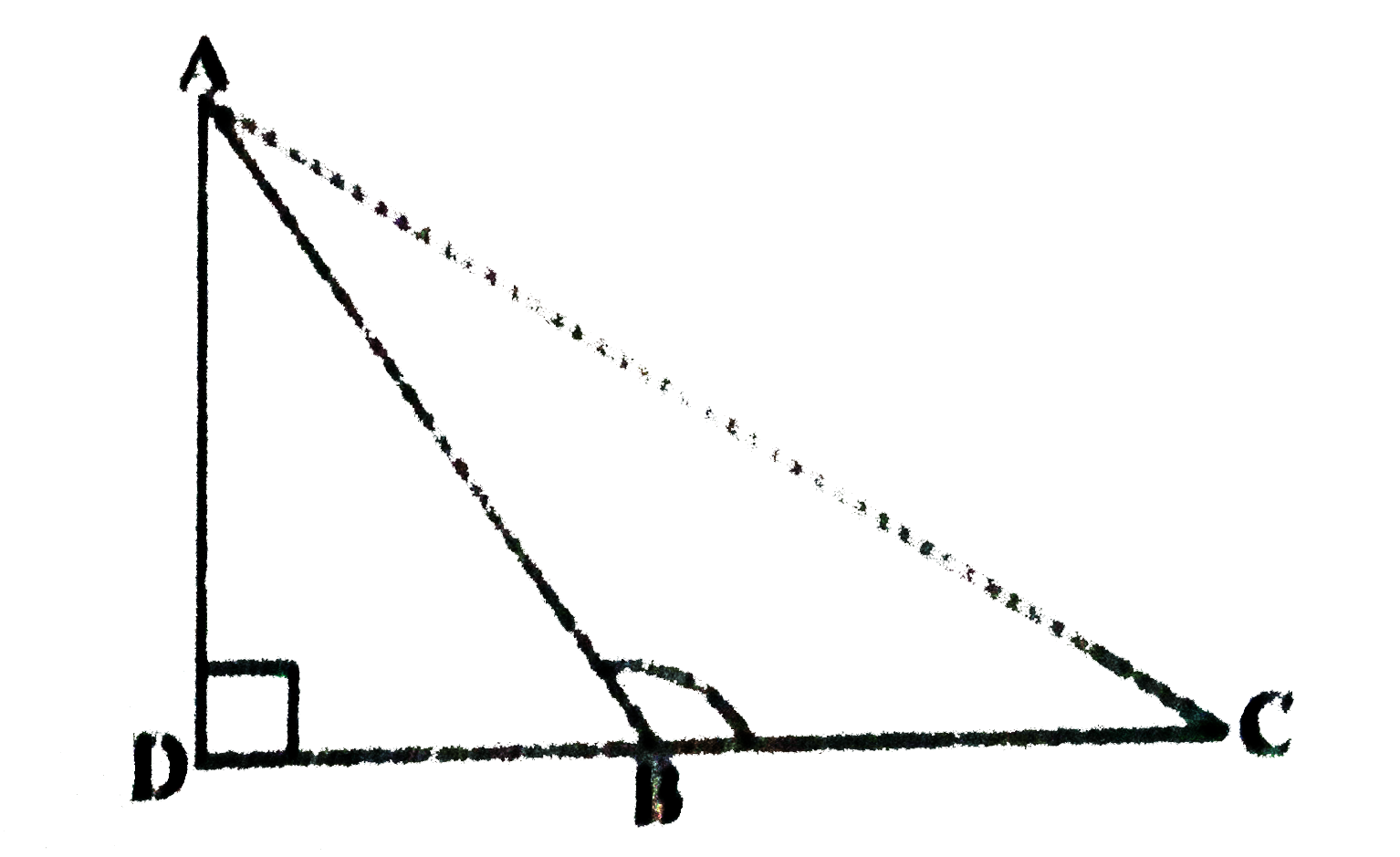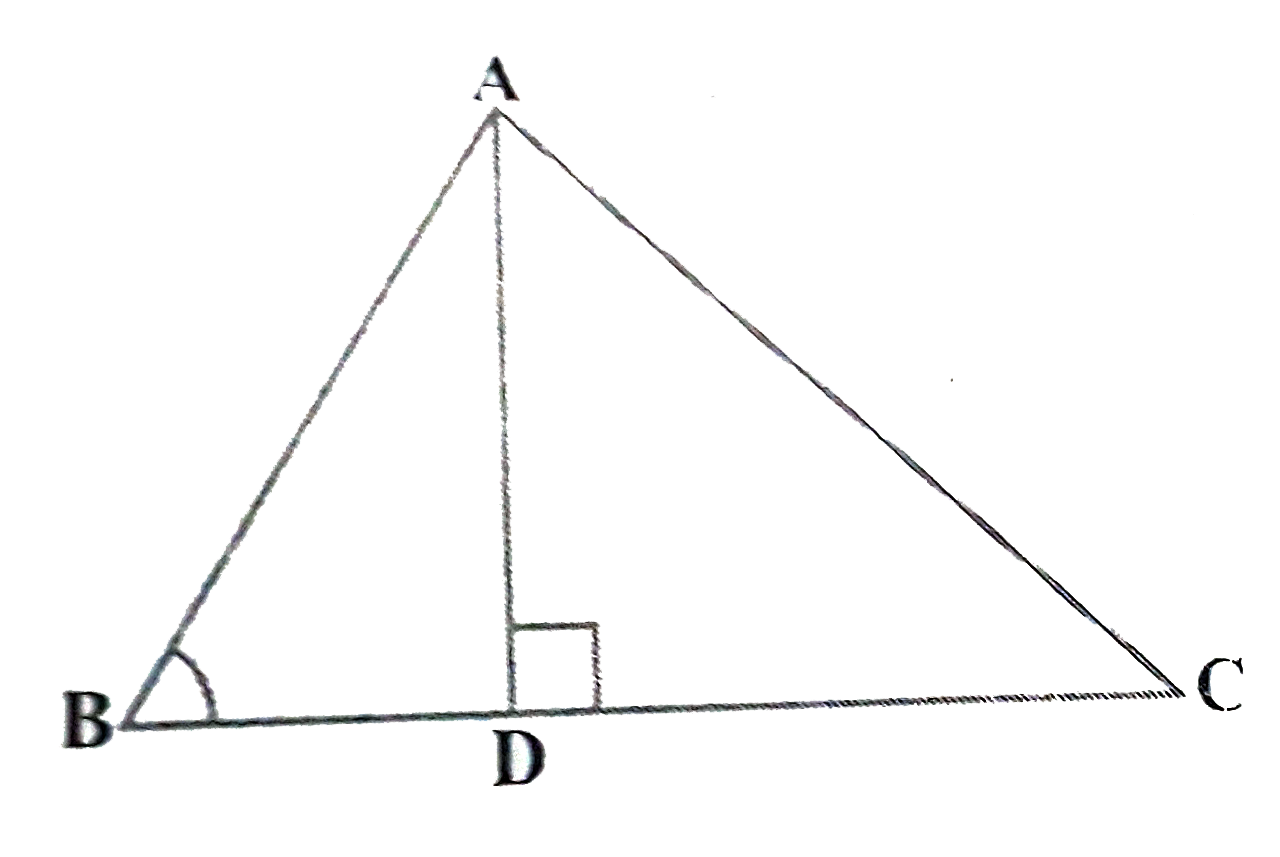If ABCD is a quadrilateral in which ABCD and AD=BC, prove that ∠A =∠B.
To prove that ∠A = ∠B in the quadrilateral ABCD where AB is parallel to CD and AD = BC, we can follow these steps:
Step 1: Identify the given information
We are given that:
- AB is parallel to CD (AB || CD)
- AD = BC
Step 2: Draw a line parallel to AD
Draw a line CE parallel to AD. This means that CE || AD.
Step 3: Establish relationships using parallel lines
Since AB || CD and CE || AD, we can identify the following angles:
- ∠ABE and ∠CDE are corresponding angles, so ∠ABE = ∠CDE.
- ∠A and ∠E are co-interior angles, so ∠A + ∠E = 180°.
Step 4: Use the property of triangles
In triangle BCE, since AD = BC, we have:
- BC = AD
Thus, triangle BCE is isosceles, which means:
- ∠BCE = ∠CBE.
Step 5: Relate angles
From the isosceles triangle BCE, we have:
- ∠BCE = ∠CBE (let's denote this angle as x).
Step 6: Set up the equation
Now, we know that:
- ∠A + ∠E = 180° (from step 3)
- ∠E = 180° - ∠A (from the above equation)
- Therefore, we can write: ∠CBE + ∠B = 180° (since they are a linear pair).
Step 7: Substitute and simplify
Substituting the values:
- x + ∠B = 180° (where x = ∠CBE)
- Also, from step 4, we have x = 180° - ∠A.
Step 8: Equate and conclude
Setting the two expressions for x equal gives us:
- 180° - ∠A = 180° - ∠B
This simplifies to:
- ∠A = ∠B.
Conclusion
Thus, we have proved that ∠A = ∠B.
---
We are given that:
- AB is parallel to CD (AB || CD)
- AD = BC
Draw a line CE parallel to AD. This means that CE || AD.
Since AB || CD and CE || AD, we can identify the following angles:
- ∠ABE and ∠CDE are corresponding angles, so ∠ABE = ∠CDE.
- ∠A and ∠E are co-interior angles, so ∠A + ∠E = 180°.
In triangle BCE, since AD = BC, we have:
- BC = AD
Thus, triangle BCE is isosceles, which means:
- ∠BCE = ∠CBE.
From the isosceles triangle BCE, we have:
- ∠BCE = ∠CBE (let's denote this angle as x).
Now, we know that:
- ∠A + ∠E = 180° (from step 3)
- ∠E = 180° - ∠A (from the above equation)
- Therefore, we can write: ∠CBE + ∠B = 180° (since they are a linear pair).
Substituting the values:
- x + ∠B = 180° (where x = ∠CBE)
- Also, from step 4, we have x = 180° - ∠A.
Setting the two expressions for x equal gives us:
- 180° - ∠A = 180° - ∠B
This simplifies to:
- ∠A = ∠B.
Thus, we have proved that ∠A = ∠B.
Topper's Solved these Questions
Similar Questions
Knowledge Check
- Question 1 - Select One
If ABCD is a cyclic quadrilateral with ∠A=50∘,∠B=80∘, then Cand∠D are
A100∘,130∘B115∘,115∘C110∘,120∘D130∘,100∘
ABCD is a quadrilateral in which and∠DAB =∠CBA(see Fig. 7.17). Prove that
(i) ΔABD≅ΔBAC
(ii) BD = AC
(iii) ∠ABD =∠BAC
 View Solution
View SolutionABCD is a cyclic quadrilateral in which: BCAD, ∠ADC=1100 and ∠BAC=500. Find ∠DAC ∠DBC=800 and ∠BAC=400. Find ∠BCD ∠BCD=1000and ∠ABD=700 find ∠ADB
View SolutionIn Figure, ABCD is a quadrilateral in which diagonal AC=84 cm ; DL⊥AC, BM⊥AC, DL=16.5 cm and BM=12 cm . Find the area of quadrilateral ABCD.
View SolutionIn figure, ABC is triangle in which ∠ABC=90∘and AD⊥CBproduced. Prove that AC2=AB2+BC2−2BC.BD.
 View Solution
View SolutionIn Figure, it is given that AB=BC and AD=EC . Prove that ABE≅CBD
 View Solution
View SolutionIf a<b and c≤d, prove that a+c<b+d
View SolutionIn a quadrilateral ABCD , given that ∠A+∠D=90o . Prove that AC2+BD2=AD2+BC2 .
View Solution


